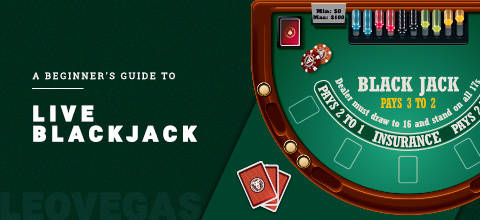
How To Play a Pair of 10s In Blackjack
Splitting 10s in Blackjack is generally not a recommended strategy according to basic blackjack strategy. The basic strategy advises against splitting 10s in most cases, as a hand of 20 is already a strong hand. However, there are some specific scenarios where splitting 10s can be advantageous.
How to play a pair of 10 value cards?
Navigating blackjack strategy when you are staring down a considerably strong hand, a pair of 10s, isn’t a complicated decision. Whenever you’re splitting a hand, you’re banking on creating two strong blackjack hands. And since an additional bet is required to take this gamble, you may want to take note that the odds of creating two hands stronger than one solid 20 aren’t on your side.
If you’re considering splitting this formidable hand of 10s, how do you think you can improve on it? First, recognize that the only way to enhance this already robust hand is to receive an Ace for a total of 21. The gamble lies in hoping both of your 10-value cards will be blessed with an Ace post-split, a scenario with remarkably low odds. Take a look at your personal risk versus reward stance and make the decision, but know, it definitely deviates from basic blackjack strategy.
When to split 10s in blackjack?
While splitting 10s in blackjack is a risky move that deviates from basic blackjack strategy, there are a few situations where experienced players may take this route.
Adept card counters might entertain the idea of splitting 10s when they’ve deemed the remaining deck to be abundant in high-value cards, such as 10s and Aces. This strategic move is driven by the increased probability of obtaining formidable hands post-split.
Additionally, in the competitive setting of a blackjack tournament, where the objective is to amass the most chips within a restricted number of hands, players may embrace more aggressive tactics, including the unconventional choice of splitting 10s. Keep in mind, a blackjack tournament requires you to play the field, rather than just the dealer. So, a move such as this takes into consideration the player’s current stack standing and a strategic decision that calls for aggressive betting.
Other factors like variations of in-house rules, including an option to resplit pairs, can also factor into this decision.
What are the advantages and disadvantages of splitting 10s in blackjack?
Right off the bat, splitting 10s may seem like a greedy move. After all, you’re sitting on a blackjack hand valued at 20, which is the second best hand you can expect in the game. But, if you’re a risk prone gambler, let’s get into the possible pros and cons of entertaining such a move.
While splitting 10s in blackjack presents the potential for creating two strong hands with a value of 20, which is a robust position in the game, it's important to weigh this advantage carefully. The decision to split should be considered in scenarios where the dealer's up card is weak (2 through 6), increasing the likelihood that both split hands could outperform the dealer. This strategic move introduces an element of risk and reward, requiring careful consideration of the overall context of the game.
Drawbacks of this potential split, is that you’re already sitting on a very strong hand, so why risk creating two weaker ones? Opting to split introduces the risk of ending up with two weaker hands, thereby increasing the likelihood of losing one or both compared to the alternative of standing with the original 20 value.
Overall if you’re playing blackjack using basic blackjack strategy, an assessment of risk and probability designed to minimize the house edge, splitting 10 can seem a tad bold, if not greedy.
FAQs
Should you split 10s or not?
It’s not generally recommended to dismantle an incredibly promising hand! Dividing a 20-value blackjack hand into two is considered a deviation from basic blackjack strategy. The odds are incredibly against coming out the other side with two better hands.
Are you supposed to split 2s?
In basic blackjack strategy, avoid splitting 2s when facing a dealer's upcard of 2 through 7. But, go ahead and split 2s if the dealer is showing an 8 or higher. Always keep in mind for any split, the goal is creating two stronger hands.
Do you split 5s against a 10?
An optimal blackjack strategy to play a pair of 5s versus a dealer’s 10 up card, is to double down rather than split. This action puts you in a much more favorable position to improve your one hand (currently with 10 value) rather than dismantling it into two weaker ones.
Should I split 9s against a 10?
It's a recommended player’s stand with a pair of 9s. Since the pair totals 18, it’s a pretty strong hand even versus a dealer showing 10.
Learn about other blackjack strategies in our guides: